THE PLUS RHINOPLASTY IN KOREA
Men’s Nose Rhinoplasty in Korea


RHINOPLASTY FOR
Men’s Nose
the plus rhinoplasty in Korea
Men’s Nose Rhinoplasty Surgery
Men’s noses are more prone to trauma than women’s, leading to common functional problems. The skin and skeleton of the nose are thicker and larger in men, and the preferred shape also differs from that of women. Therefore, the design and surgical method of rhinoplasty for men are defined separately from those for women.
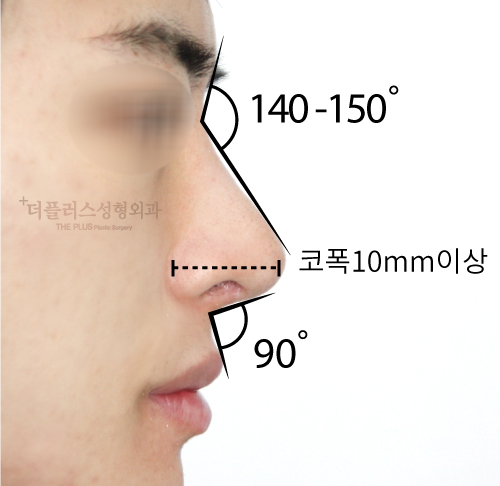
Men’s Rhinoplasty Cases
All types of noses that appear in general rhinoplasty can be the subject of surgery for men. The difference lies in the surgical design. Generally, men prefer a straight line nose, with a wider bridge and longer length than women’s noses.
1. Crooked Nose Surgery
Crooked nose surgery, also known as rhinoplasty for a crooked nose, aims to straighten the nasal structure and improve both aesthetic appearance and functionality. A crooked nose can result from congenital conditions, trauma, or previous surgeries, causing the nose to deviate from the midline of the face. This deviation can affect the nasal bones, cartilage, and sometimes the nasal septum.
- Aesthetic Concerns: Patients seeking a more symmetrical nose for improved facial harmony.
- Functional Issues: Breathing difficulties due to nasal obstruction which often accompany a crooked nose.
See more before and after surgery photos.
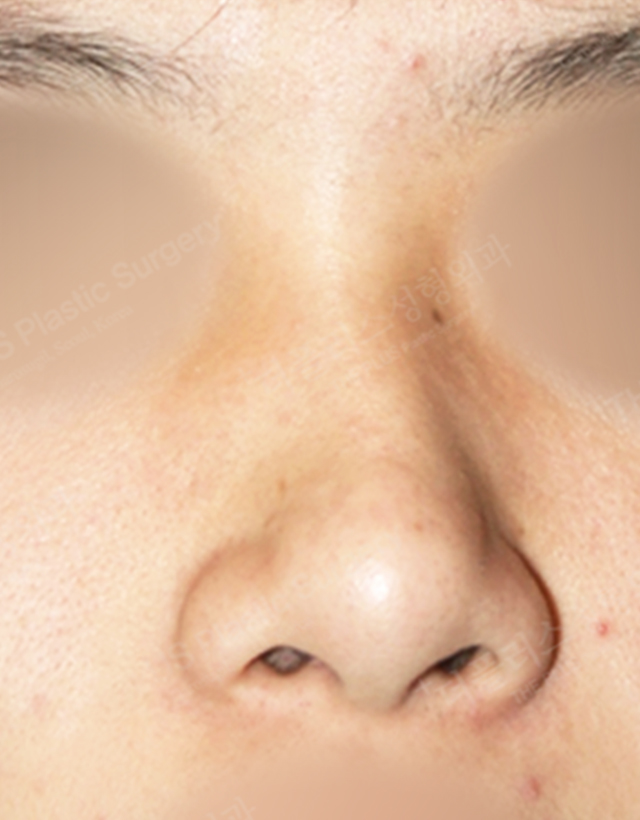
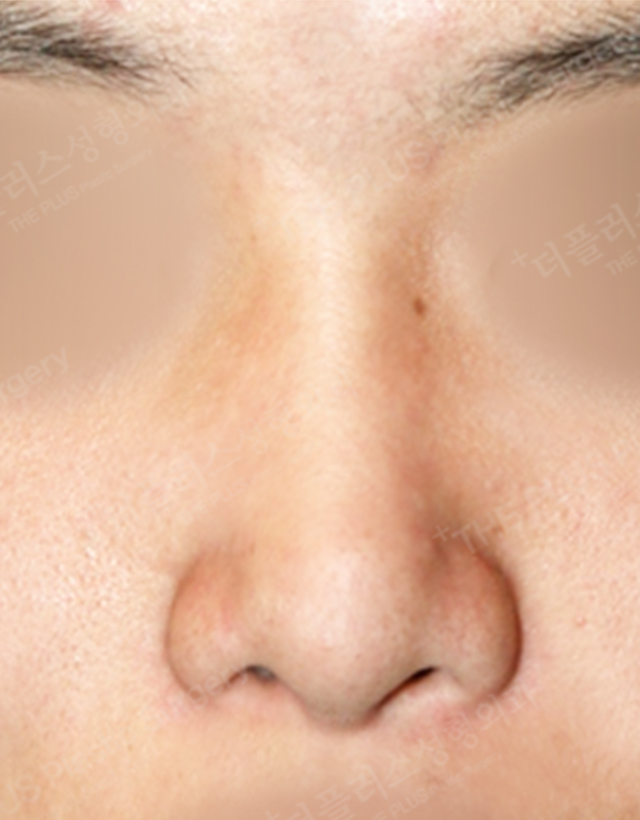
1-1. Crooked Nose Surgery CT
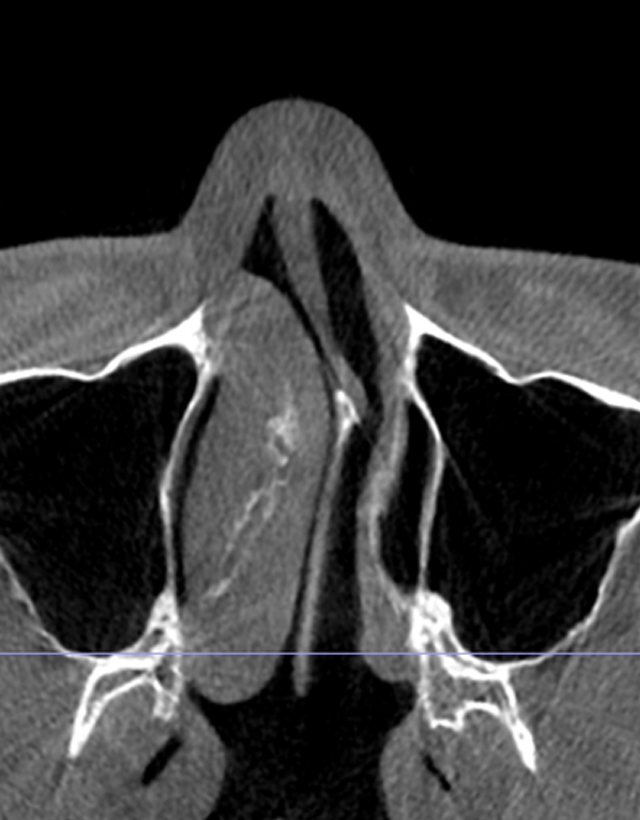
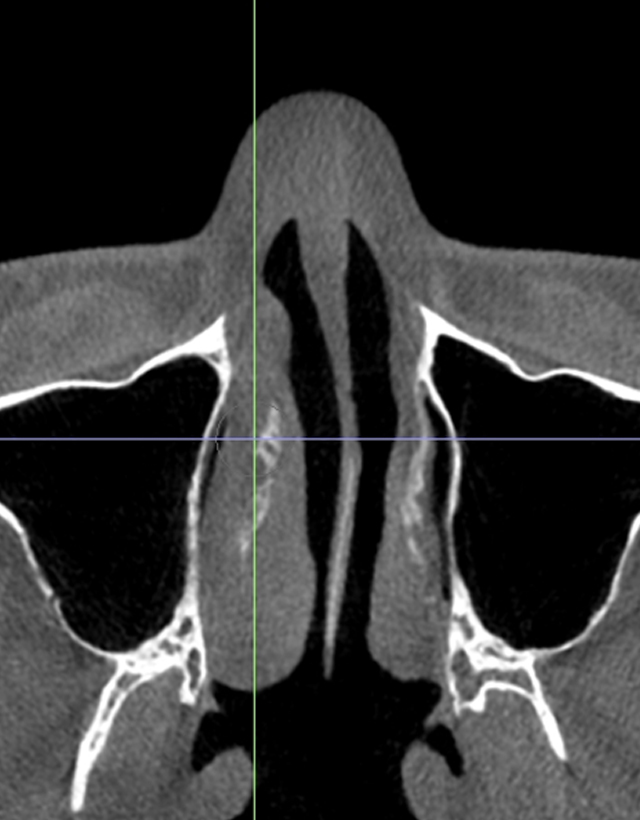
2. Hooked Nose Surgery
Hooked nose surgery, often referred to as rhinoplasty for a hooked nose, is a surgical procedure aimed at correcting the distinctive bump or curve on the bridge of the nose and addressing a drooping nasal tip. This condition can be either congenital or the result of trauma, and it often gives the nose a prominent, downward-curved appearance.
See more before and after surgery photos.
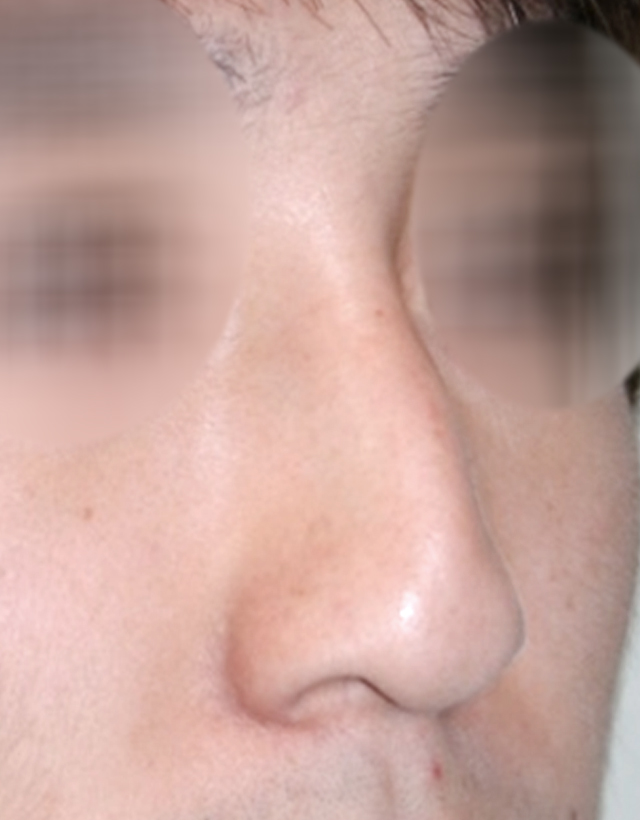
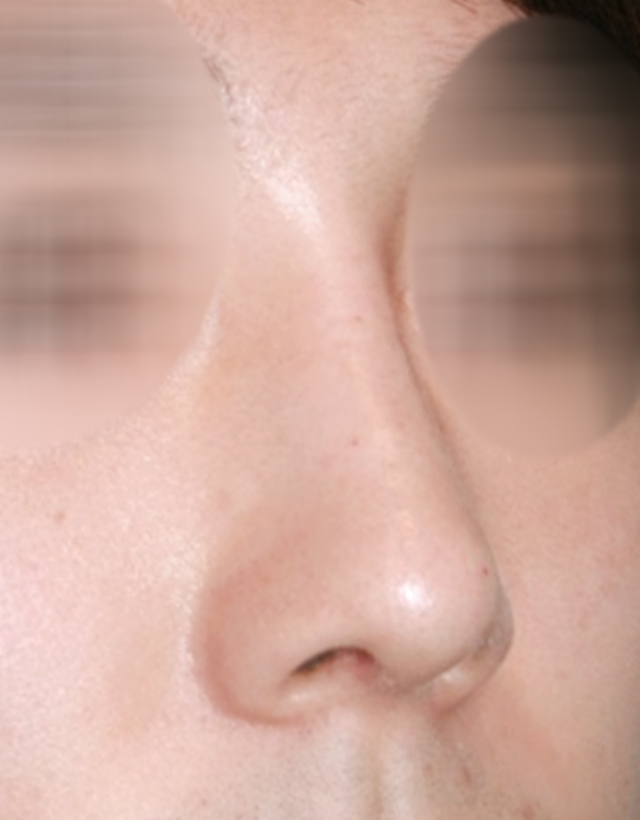
3. Stuffy Nose Surgery
Stuffy nose surgery, commonly known as functional rhinoplasty or septoplasty, aims to alleviate chronic nasal congestion and improve breathing by addressing structural issues within the nose. This condition, often characterized by a blocked or stuffy feeling, can significantly affect the quality of life, causing difficulty in breathing through the nose, snoring, and even sleep apnea.
- Chronic Nasal Congestion: Persistent stuffiness unresponsive to medical treatment.
- Deviated Septum: A significant cause of breathing difficulties, where the nasal septum is off-center or crooked.
- Enlarged Turbinates: These structures inside the nose can become swollen and obstruct airflow.
- Nasal Polyps: Noncancerous growths in the nasal passage or sinuses that can block the nasal airway.
- Nasal Valve Collapse: Weakness of the nasal valve area can lead to obstruction and difficulty breathing through the nose.
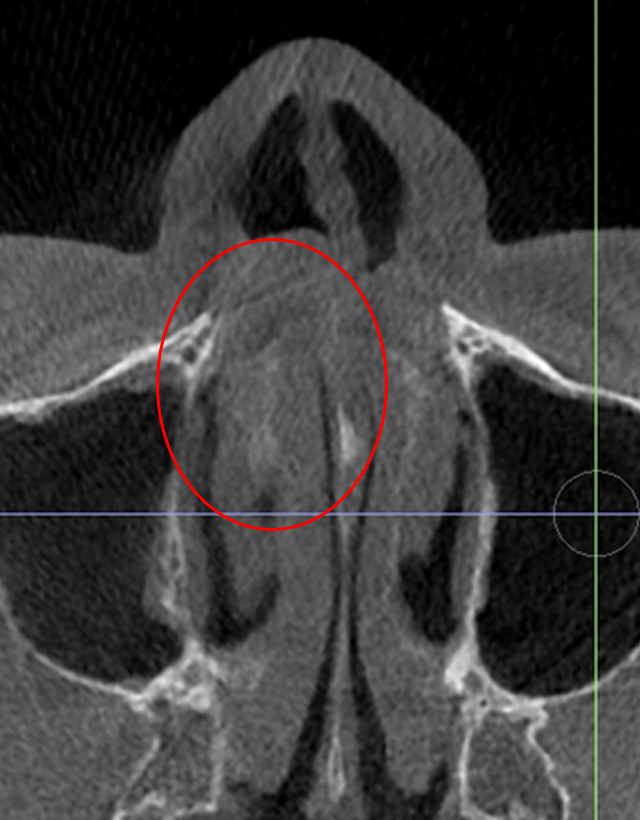
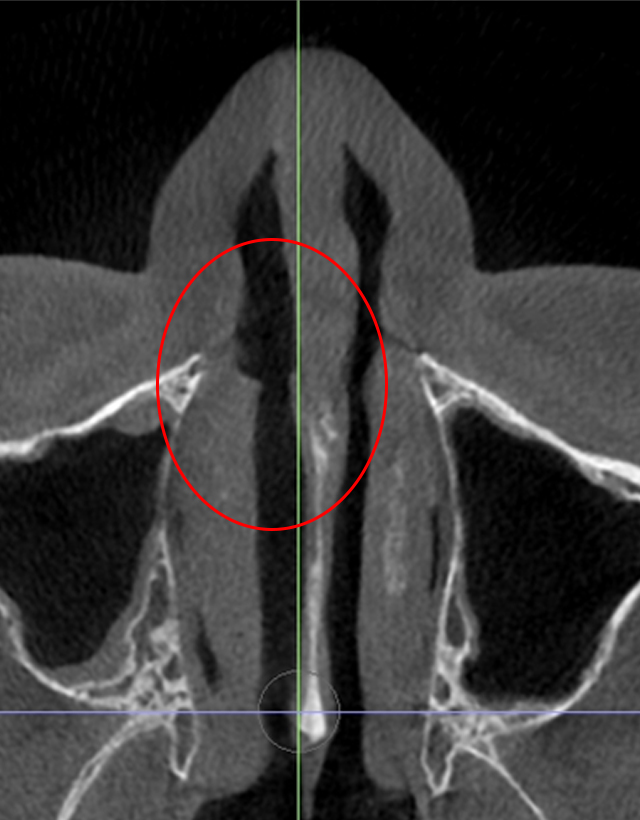
4. Shapeless Nose Surgery
Shapeless nose surgery, often referred to as rhinoplasty for a shapeless or undefined nose, aims to refine and contour the nasal structure to create a more aesthetically pleasing and balanced appearance. Individuals with a shapeless nose may have a nose that lacks definition, structure, or has a broad, flat, or undefined appearance. This can be due to genetic factors, trauma, or previous inadequate surgeries.
- Lack of Nasal Definition: A nose that lacks clear contours or visible structure, appearing broad, flat, or undefined.
- Asymmetric Features: Imbalances in the nasal shape that affect facial harmony.
- Desire for Enhanced Aesthetics: Individuals seeking a more refined, proportionate, and aesthetically pleasing nose.
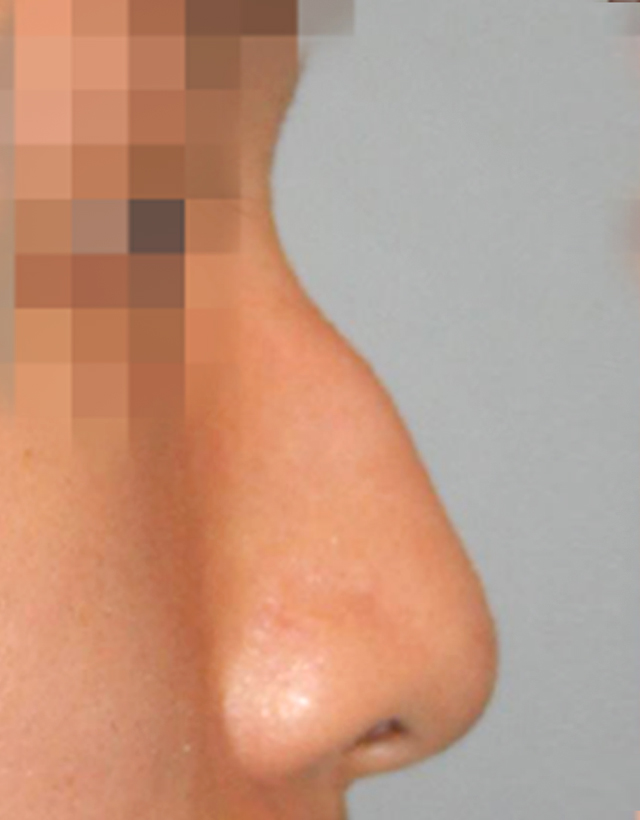
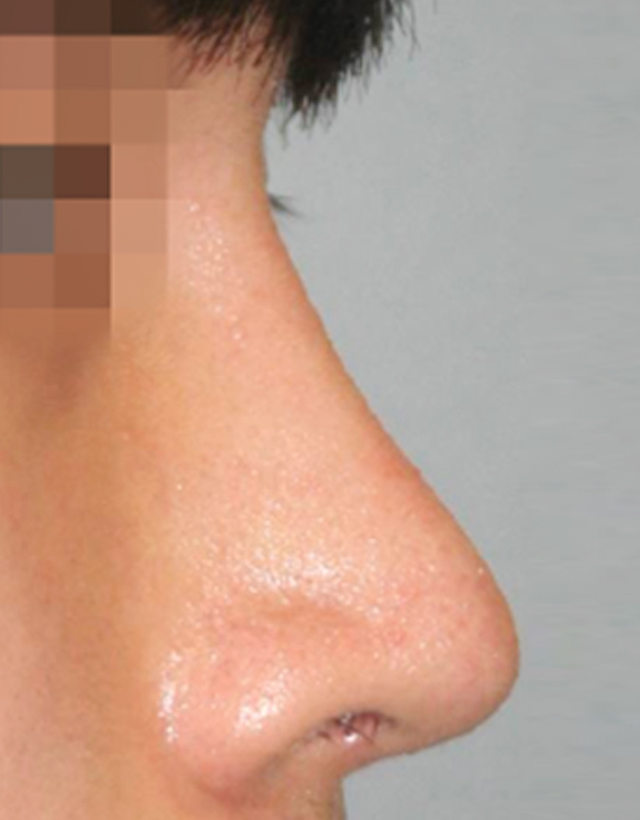
5. Low and Short Nose Surgery
Low and short nose surgery, often referred to as augmentation rhinoplasty or nasal lengthening, aims to enhance the height and length of the nose to create a more balanced and harmonious facial appearance. Individuals with a low and short nose may have a nasal bridge that is too flat and a nose that appears too short in length, often due to genetic factors, trauma, or previous surgeries.
- Flat Nasal Bridge: A nasal bridge that is too low, leading to a lack of definition and projection.
- Short Nasal Length: A nose that is shorter in length relative to the rest of the facial features, creating an imbalanced appearance.
- Desire for Enhanced Facial Harmony: Individuals seeking to achieve a more defined, proportionate, and aesthetically pleasing nose.
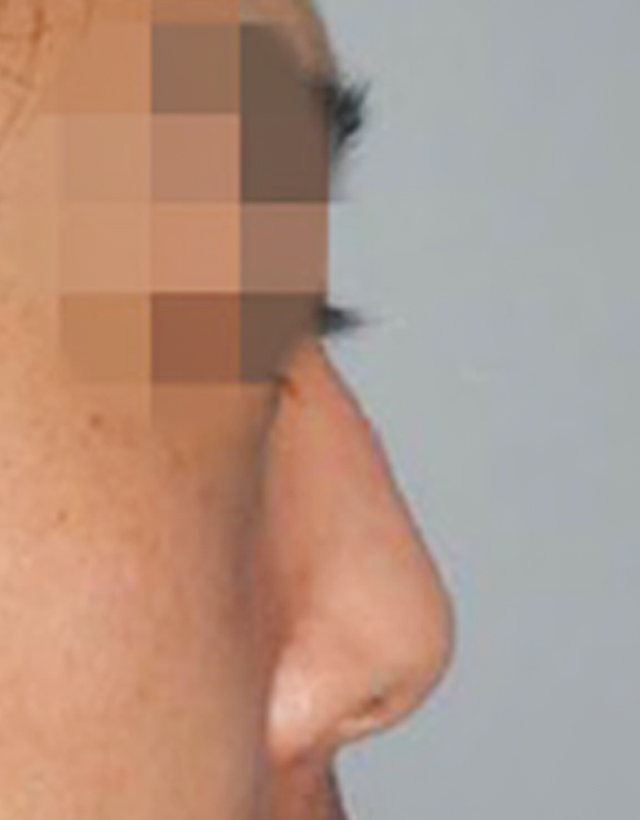
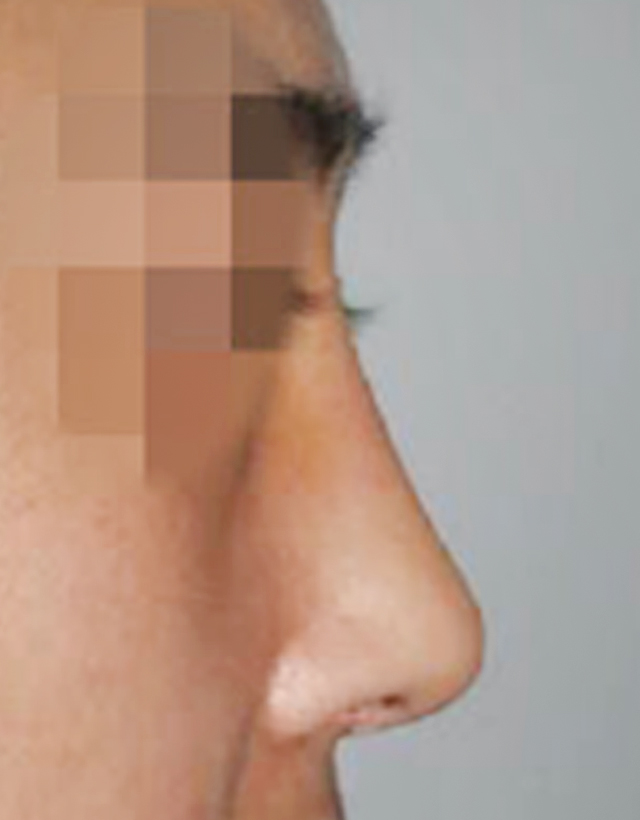
7. Bulbous Nose and Nasal Alar Reduction
Bulbous Nose and Nasal Alar Reduction are surgical procedures designed to refine and reshape the nasal tip and nostrils to improve overall facial symmetry and aesthetic appeal. Individuals seeking these procedures often have a nose tip that appears too broad or nostrils that are too wide, commonly due to genetic factors.
Bulbous Nasal Tip
- Bulbous Nose: Characterized by a wide, rounded or enlarged nasal tip that lacks definition.
- Excessive Lower Lateral Cartilages: The alar cartilages (lower lateral cartilages) are often overly large, contributing to the bulbous appearance.
- Desire for a Defined Nasal Tip: Individuals seeking this procedure aim to achieve a more refined and proportionate nasal tip.
Wide Nostrils (Alar Flaring)
- Nasal Alar Flaring: When the outer edges of the nostrils (alar bases) are too wide or flared, contributing to an imbalanced facial appearance.
- Wide Alar Bases: The alar bases can be excessively broad or prominent relative to the rest of the facial features.
- Desire for Balanced Nostrils: Individuals seek this procedure to reduce the width of the nostrils for a more harmonized appearance.
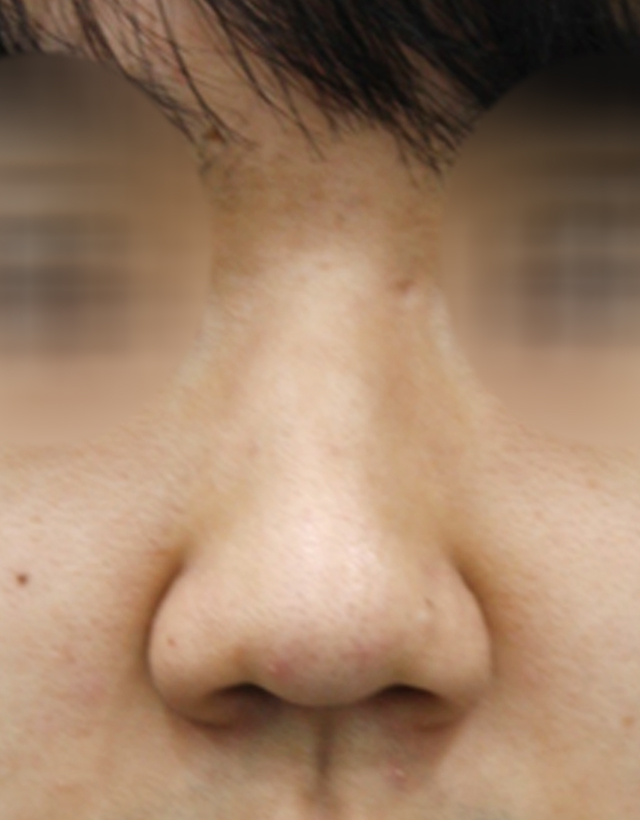
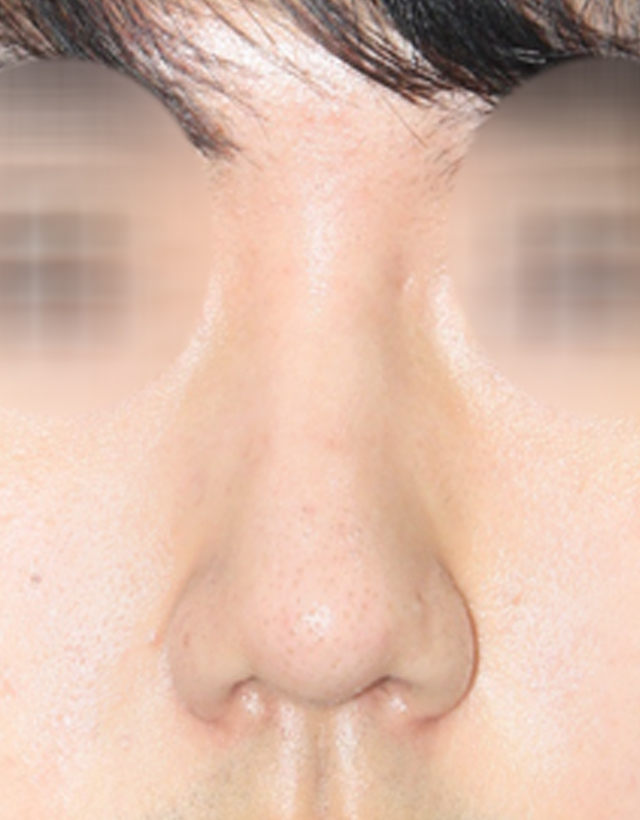
View the research papers from The Plus Plastic Surgery medical team.
Frequently Asked Questions
Why consider men’s nose rhinoplasty at THE PLUS PS in Gangnam, South Korea?
Men’s rhinoplasty at THE PLUS PS in Gangnam addresses unique male nasal characteristics such as thicker skin and larger skeletal structure. The clinic offers specialized surgical designs tailored to masculine preferences, such as a straight nose with a wider bridge and longer length.
What types of nasal issues can be addressed with men’s rhinoplasty at THE PLUS PS?
THE PLUS PS can address various nasal issues through men’s rhinoplasty, including crooked noses requiring realignment, hooked noses needing contour correction, and stuffy noses that need functional improvements. Each procedure is tailored to enhance aesthetic appearance and functionality.
What should I expect when undergoing men’s rhinoplasty surgery at THE PLUS PS in South Korea?
Patients can expect a comprehensive consultation to discuss desired outcomes and tailor the surgery accordingly. The procedure is designed to enhance masculine features, improve nasal function, and ensure a balanced appearance, supported by before and after photos for clearer expectations.
